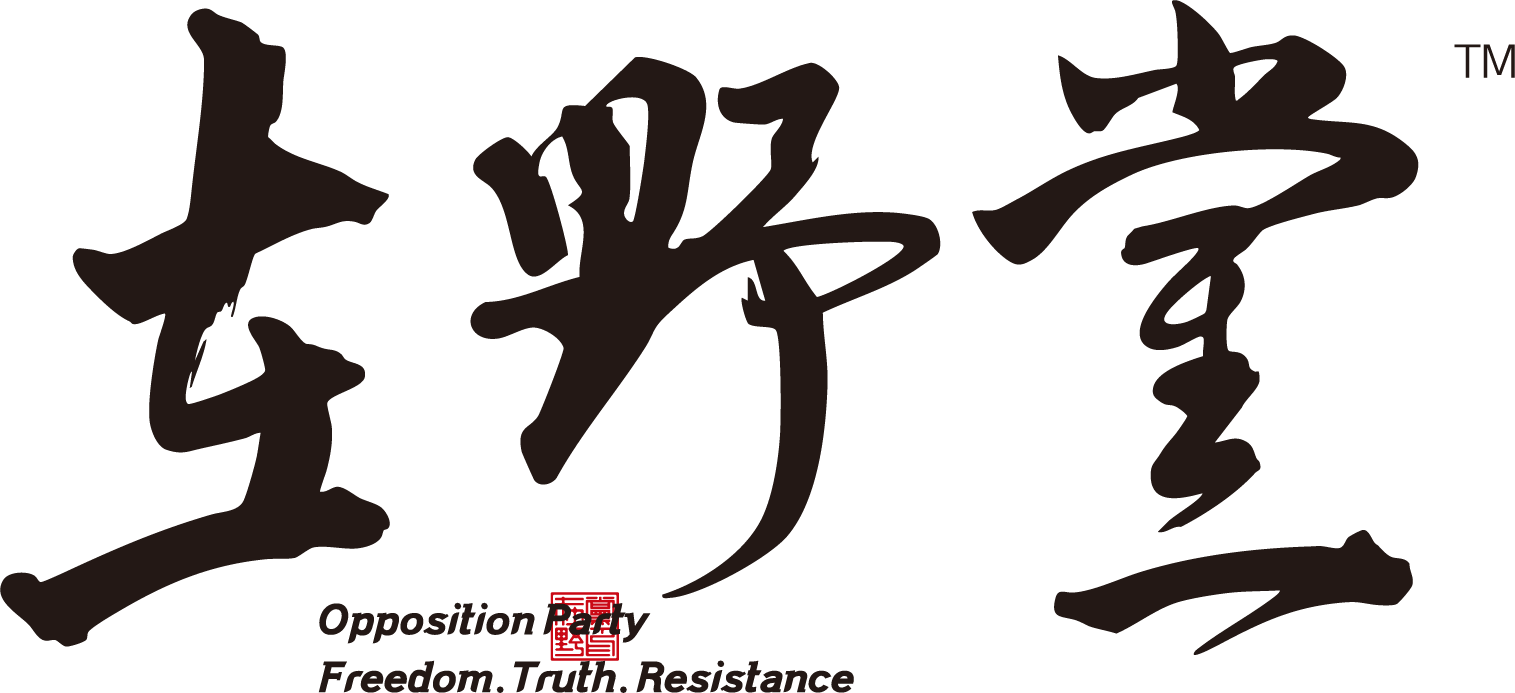Seventy Years of Exile: The Tibetan Lament
作者:袁崛
编辑:罗志飞 鲁慧文 翻译:鲁慧文
2025年7月6日西藏流亡精神領袖达赖喇嘛迎來90岁生日。他及流亡藏人所在的印度北部城市达兰萨拉,人們举行了数日的庆祝活动。数千名藏传佛教徒以及來自美国和印度的各界名人和官員齐聚这座风景如画的喜马拉雅山麓小城,共同为达赖喇嘛庆生。

印度总理莫迪、美国国务卿卢比奥、前总统奥巴马和布什等政界要人也向达赖喇嘛祝贺了生日。莫迪在X平台上发帖写道:「他的教诲激发了所有信仰群体的尊重和钦佩。我們祈祷他身体健康、长寿」。中国民主党人,著名华人雕塑艺术家陈维明老师率领代表团来到达兰萨拉,给达赖喇嘛祝寿,并得到了尊者的握手与碰头祝福。
藏人流亡社区借达赖喇嘛的祝寿开展的一系列活动,也提升了藏人社区的影响力,世界各个民主国家政府大多与藏人行政中央与达赖喇嘛保持着较为密切的联系。但是在一片祥和祝福声中,流亡藏人在庆祝中交织对未来的担忧。追随者担心,随着达赖喇嘛年事渐高,一旦他去世,未来的西藏问题会发生什么。西藏流亡政府发言人丹增·勒谢(Tenzin Lekshay)说,“是的,我们担心一场大风暴即将来临。”,但他同時也强调,“我们对此不会逃避。我们已经一直应对了几个世纪,也将会继续应对下去。”。
达赖喇嘛承诺,在7月6日的庆生活动上,他将公布选定继任者的计划,该计划将考虑到当前形势的复杂性。其中最紧迫的问题是如何应对中国操控这一继任程序的企图。他曾表示,继任者将在自由世界诞生,这表明下一任达赖喇嘛可能来自大约14万藏人流亡者,其中一半居住在印度。
藏人七十年流亡经历的由来,毫无疑问缘自于中共入侵西藏后,逼迫西藏噶厦政府签下《西藏和平解放协议》。中共军队进入西藏并开展血腥土改等一系列破坏西藏原有社会结构的政治运动,激起西藏人民的反抗。1959年达赖喇嘛为保障个人安全而出走印度达兰萨拉,开始了长期近70年的流亡生活。
追随达赖喇嘛来到达兰萨拉的近十万藏人,加上后续陆续逃亡的几万藏人,总数达十几万的藏人如今分布在以达兰萨拉为中心的印度、尼泊尔、美国和欧洲各个国家。达兰萨拉的藏人行政中央建立起了一个完备的流亡政府,他们设立了教育、财政、外交及安全等行政机构,下设学校、医院、养老院、职能培训所都是免费,并且一直运转顺利。堪称所有族群反抗中共极权统治的典范,也非常值得我们中国民主运动学习与反思。
Seventy Years of Exile: The Tibetan Lament
By Yuan Jue
Edited by Luo Zhifei and Lu Huiwen Translated by Lu Huiwen
On July 6, 2025, the spiritual leader of the Tibetan people in exile, the Dalai Lama, celebrated his 90th birthday. In Dharamsala, the town in northern India where the Dalai Lama and many Tibetan exiles reside, days of celebrations were held. Thousands of Tibetan Buddhists, along with dignitaries and prominent figures from the United States, India, and other countries, gathered in this picturesque Himalayan town to honor the Dalai Lama’s birthday.
Indian Prime Minister Narendra Modi, U.S. Secretary of State Marco Rubio, former Presidents Barack Obama and George W. Bush, and other political leaders extended birthday greetings. Modi posted on X, stating: “His teachings inspire respect and admiration across all faith communities. We pray for his continued good health and long life.”
Chen Weiming, renowned Chinese sculptor and pro-democracy activist, led a delegation of Chinese Democracy Party members to Dharamsala to offer birthday wishes to His Holiness and received his handshake and blessing.
The series of celebratory events surrounding the Dalai Lama’s birthday also served to strengthen the global visibility of the Tibetan exile community. Governments of democratic countries around the world have maintained relatively close relations with both the Central Tibetan Administration and the Dalai Lama. Yet beneath the joy and blessings lies a deep undercurrent of anxiety for the future. Many followers are concerned that, as the Dalai Lama advances in age, uncertainty looms over the Tibetan cause after his eventual passing. Tenzin Lekshay, spokesperson for the Central Tibetan Administration, remarked: “Yes, we fear a major storm is coming,” but he also emphasized, “We will not shy away from it. We have endured for centuries, and we will continue to persevere.”
The Dalai Lama has pledged to announce a succession plan during the July 6 celebrations—one that acknowledges the complexity of current geopolitical realities. A pressing concern is how to counter the Chinese Communist Party’s attempt to manipulate the succession process. The Dalai Lama has previously stated that his successor will be born in the free world, suggesting that the next Dalai Lama may emerge from the Tibetan exile population—roughly 140,000 strong—half of whom reside in India.
The root of the Tibetan exile, without question, lies in the Chinese Communist Party’s invasion of Tibet, which forced the Kashag government to sign the “17-Point Agreement for the Peaceful Liberation of Tibet.” After entering Tibet, the CCP initiated violent land reforms and political campaigns that dismantled the region’s traditional social fabric, sparking widespread resistance. In 1959, the Dalai Lama fled to India to ensure his personal safety, thus beginning a nearly 70-year journey of exile.
Approximately 100,000 Tibetans followed the Dalai Lama to Dharamsala, and tens of thousands more joined in subsequent waves of escape. Today, over 140,000 Tibetans are spread across India, Nepal, the United States, and Europe. Centered in Dharamsala, the Central Tibetan Administration has established a fully functional government-in-exile, with departments for education, finance, foreign affairs, and security. Schools, hospitals, elder care homes, and vocational training centers are all provided free of charge and operate smoothly. This system stands as a remarkable example of a people’s resilience against authoritarian rule—and a model from which China’s own democracy movement has much to learn.


-0-1280X771.png?w=218&resize=218,150&ssl=1)





-0-1280X771.png?w=100&resize=100,70&ssl=1)
